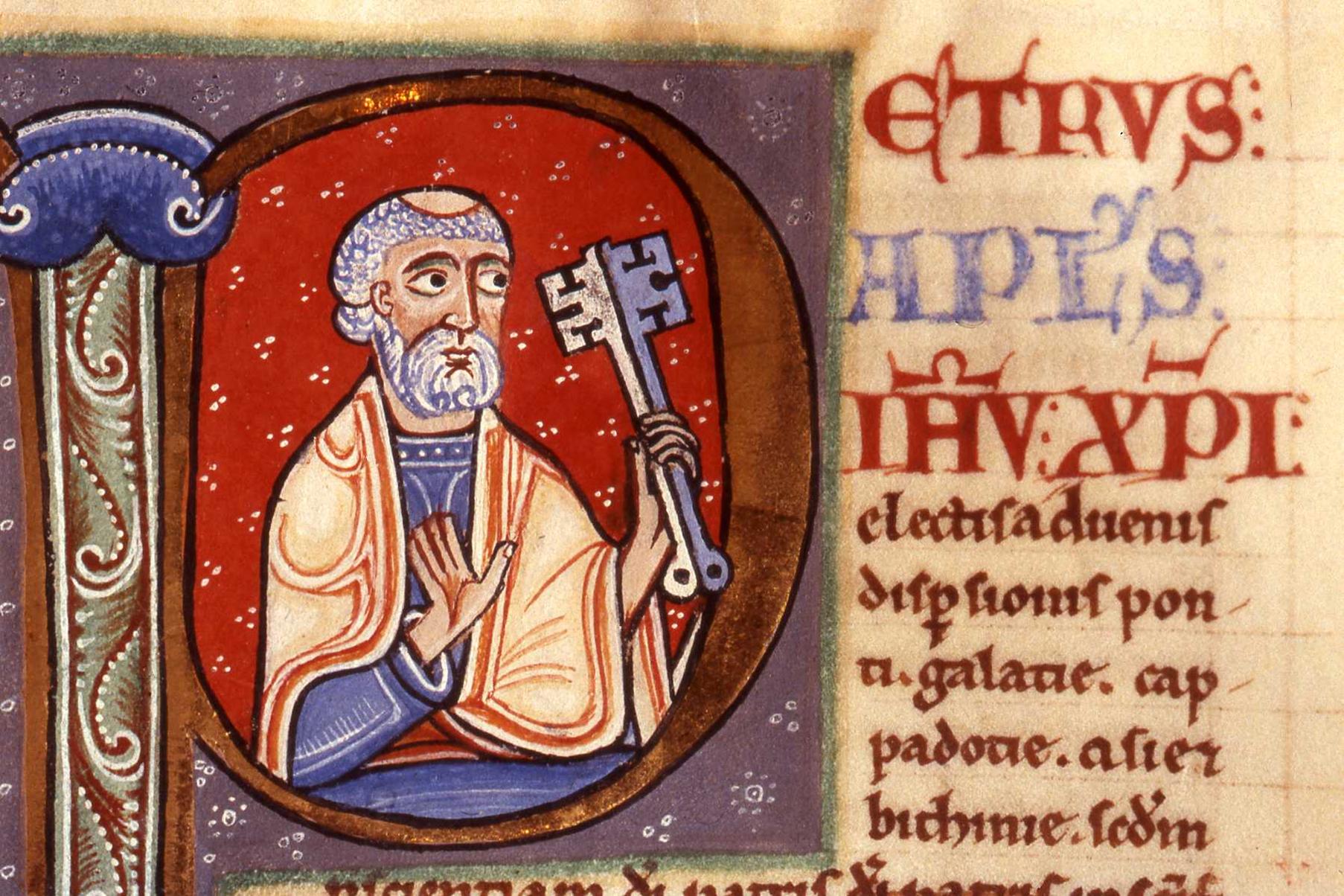First of all, a disclaimer: I am not a complete Luddite; I have a Facebook account, and a page for my martial arts business, but in my pursuit for knowledge of things medieval, I have always found museums, libraries, and archives in the "real world" to be much more useful than a computer. I know there is a current push to digitize medieval manuscripts, and worry that I will be forced out of my comfortable (if moldy) cell and dragged kicking and screaming into the 21st century.
When I first sat down at the Digital Humanities Symposium on Friday, I wasn't sure what to expect. Being a medievalist, it was difficult for me to conceptualize how digital media might be relevant to my research interests, outside of internet searches that mostly reveal websites in medieval history geared to the average 10 year old, or YouTube videos of people playing dress up and hitting each other with foam "swords."
As I listened to Elaine Treharne's keynote address, "Digital Text as Inhabited Object," I realized that I was not alone in my suspicions that the encroachment of the digital age represents a very real change (read: threat) to how medieval texts are even defined, much less studied. However, according to Dr. Treharne, as researchers, it is in our own best interests not to be "dragged" into the use of digitized versions of manuscripts. Rather, we need to direct how digital texts are used, what new technologies need to be developed, and what questions should be asked and answered.
First of all, we cannot dismiss the importance of a certain materialism as the essence of a medieval text; Dr. Treharne uses the term "plenitext" to describe this phenomenon. A text is more than simply the words on the page - it is the totality of the object, including the binding, the space it occupies, and the visceral relationship it has to the reader/ researcher. Yet, as J J Cohen has asserted, the academic environment is changing, and the power of collaborative education and research via digital environments is a key factor in expanding our understanding and knowledge base about medieval texts.
How then do we rectify the gap between legitimizing digital representations of these texts and the physicality of the texts themselves?
To my mind, the answer lies in Star Trek, where computer technology has enabled people to interact with fully digitized environments via the "holodeck." Everything in the holodeck seems real, and has a tactile and visceral component, called up at will by engaging a computer program. I realize this sounds far-fetched and possibly a bit silly, but the important point here is to move forward into digitization with a long durée goal. New technologies are being developed constantly, and many are working to improve the quality of digital modeling and creating functional "objects" within cyberspace. If these were developed to the point of being truly interactive, only then might a digital projection of a medieval text have the same impact as the actual object.
Until then, I think it is of paramount importance that two concepts be established in working with medieval texts:
1. Medieval historians, academics and researchers should never be permitted to rely solely on digital versions of these works for their own publications, but be permitted to make use of digitization to forward knowledge to the rest of mankind. This should always include a caveat that digital representations are not the text itself, nor are they particularly accurate; they are simply the most efficient way to show something to a wide audience.
2. Digital constructs should not be legitimized in and of themselves. They are avatars - simulacra of existing works. One does not print out a picture of the Mona Lisa and manage to convince everyone that the printout is the Mona Lisa; while this seems self-evident, there is a real danger in losing the importance of a physical folio if digital representations become the norm. Just look at the decline of bookstores since the advent of the kindle for an example.
If we advance the digital age with those two points in mind, I think eventually it may be possible to direct the advancement of technology in a direction that will not only spark a more universal access and interest into medieval texts, but preserve the central importance of the physicality of the text themselves and their integrity. Until that technology is fully developed, we must be patient, vigilant, and always looking forward, so as not to grow complacent with poor digital representations of these works of art simply because they are plentiful and easy to access.
Besides, I really want a holodeck.

No comments:
Post a Comment